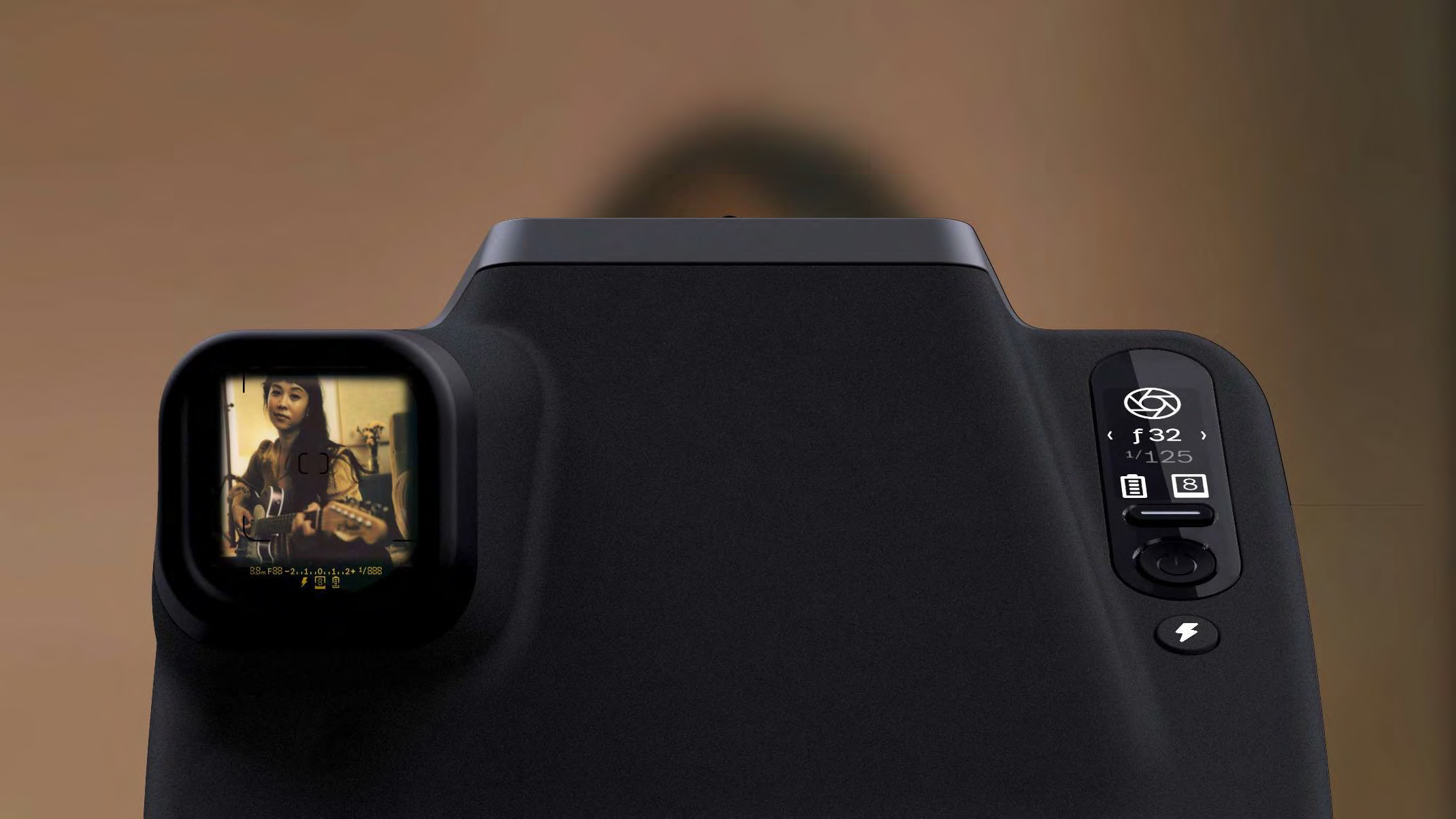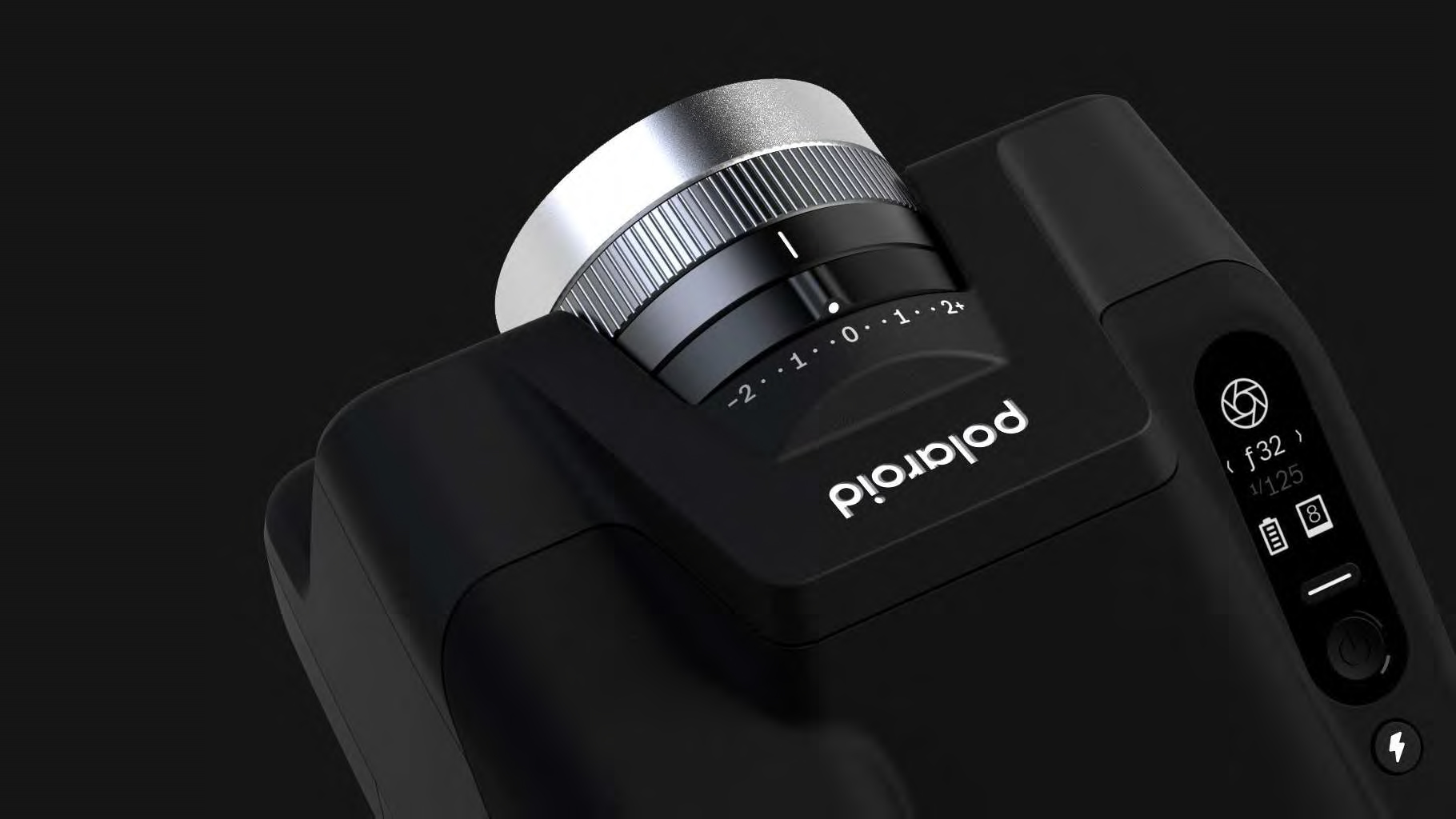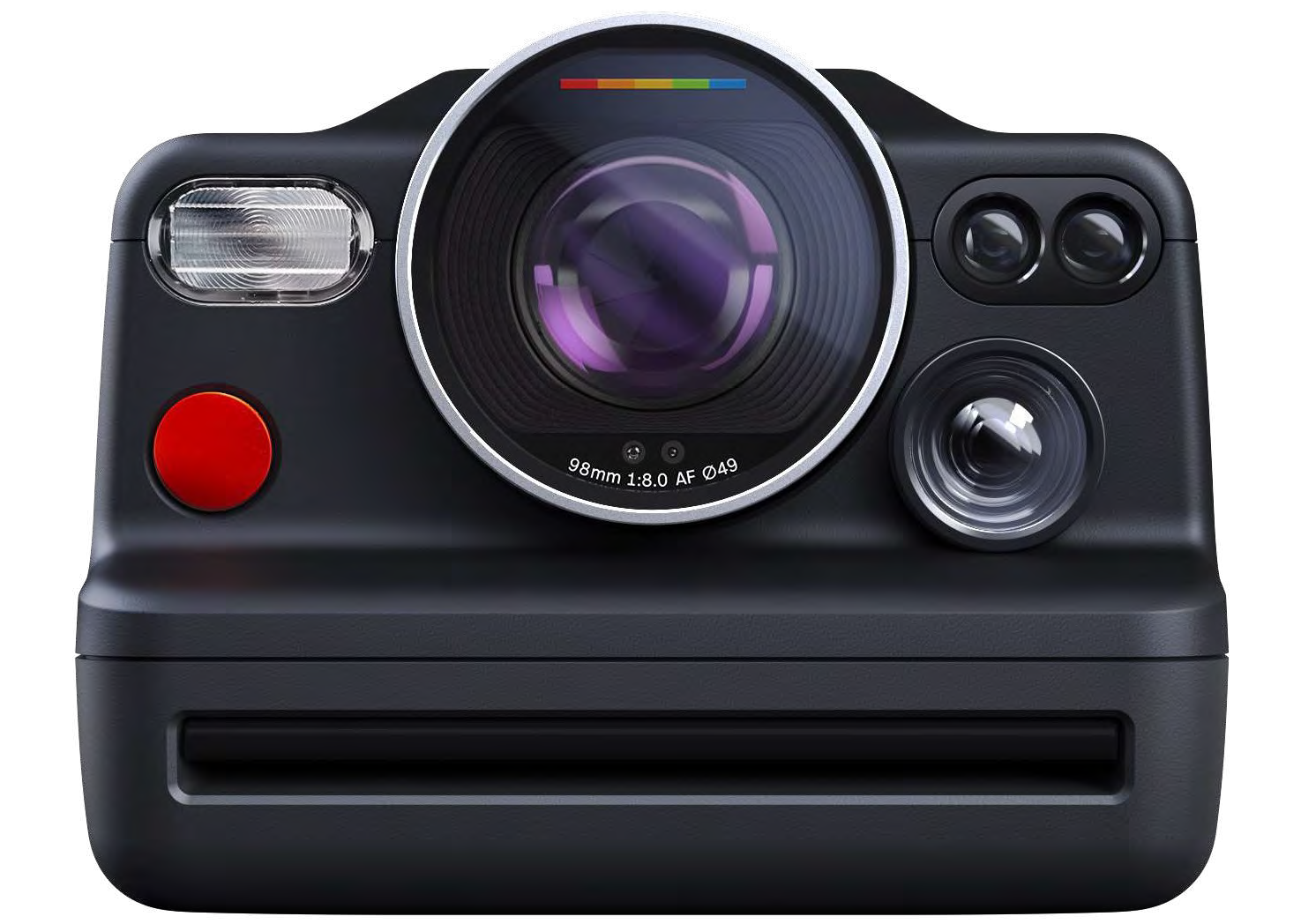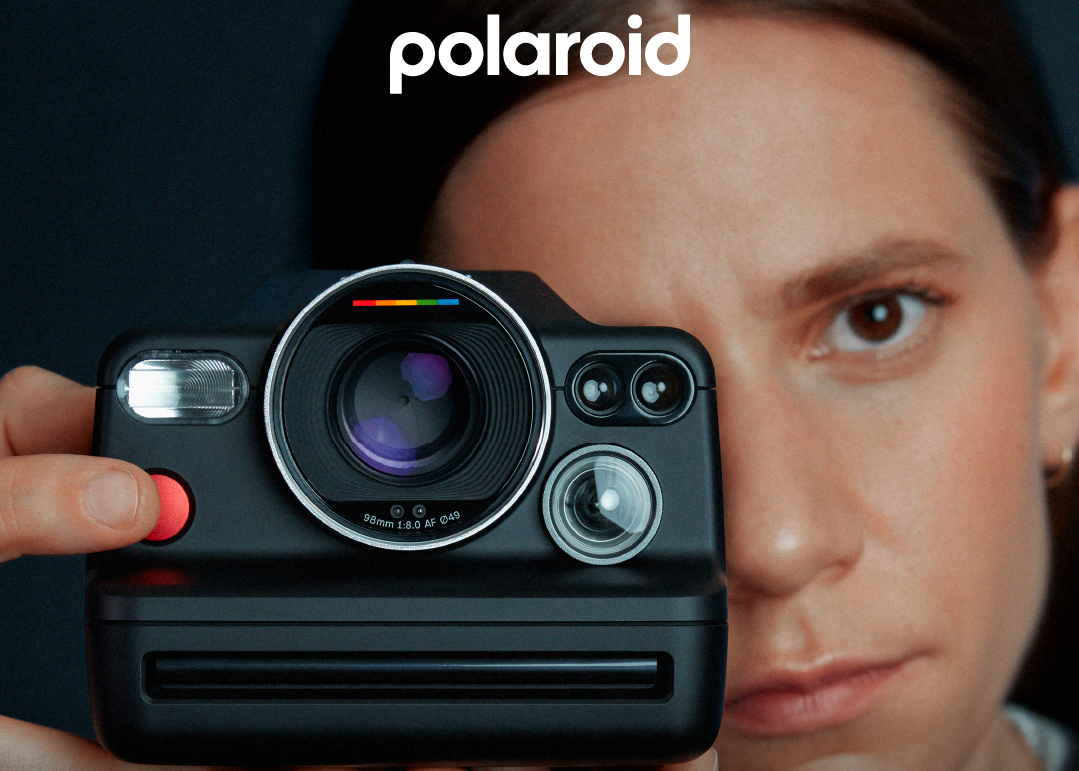Review written by Paris Brummer
“Don’t Undertake a project unless it is manifestly important and nearly impossible”. This quote by Polaroid forefather and inventor, Edwin Land is printed on the underside of the new Polaroid I-2 camera. And it wouldn’t be the first or last time the company returned to the legacy of Edwin Land for inspiration or direction. Land was a maverick who envisioned a world where technology and science could inspire anyone – with the touch of a button – to become an artist. There’s no denying his influence on Apple’s founder, Steve Jobs (Land’s biggest fan) who would release the world’s first Macintosh computer soon after the release of the Polaroid SX-70. There’s also no denying that we would not have the iPhone or Instagram without Polaroid.
But bringing it closer to home, we also have a trailblazing brand that has paved the way for innovation in the photographic industry whilst nurturing the interests of South African creatives and photographers; ORMS. Beginning as a small operation in founder Mike Ormrod’s garage in 1996, the brand grew from a vision and commitment to always offering creatives with only the best available in photographic technology and innovation.
So, what do Polaroid (Land), Apple (Jobs), and ORMS (Ormrod) have in common? Their influence on Photography today is rooted in one word; Pioneer.
But more on this a bit later, let’s talk about the real MVP.

The Polaroid I-2
The new Polaroid I-2 is a high-end, feature-rich, Polaroid instant camera equipped with complete manual controls, a Lidar focusing sensor, a lens is comprised of three polycarbonate and acrylic lens elements, Bluetooth app integration and a pc sync port for studio flash. The camera features 6 Control modes (Aperture, Shutter Priority, Self-Timer, Multiple Exposure up to 4 shots, Auto and Manual) that allow for complete creative and technical control. Aperture and Shutter Priority are particularly useful in helping to make deliberate creative and technical decisions. The camera’s aperture ranges from f/8 – f/64, whilst shutter speeds range from 1/250 – 30s and bulb mode (up to 99 hours!). This makes the I-2 the first Polaroid camera with such a vast range of exposure control.
On the top of the camera is an EV exposure compensation dial varying from +2 to -2. Like with the Polaroid Now+, the camera includes Bluetooth integration with the phone app allowing you to make exposure adjustments, light paint and remote trigger for long exposures. The second selector dial helps you adjust the aperture and shutter speed settings accordingly. All of these manual adjustments can be seen made in real-time with an integrated light meter display inside the generously large viewfinder. An external display window shows the mode menu as well as information like frame count, exposure settings and reminders to remove the lens cap, close the film door and the current battery level.

Unlike the SX-70 the I-2 is not a through-the-lens SLR but compensates for any error of parallax with a smaller viewfinder frame to help compose images closer than 0,6m.
It also has a lens comprised of three polycarbonate and acrylic lens elements with Lidar focusing that produces incredibly sharp images every single time. The 98mm focal length welcomes a wide field of view with the largest aperture f/8 since the Polaroid SX-70 and a minimum close focusing distance of 0.4m. A slight press and hold of the shutter button locks exposure and focus allowing the user to readjust for composition. A confirmed focus reading can be seen on the inner integrated display.

The lens has a 49mm screw thread allowing for the use of any creative filters – and because it meters through the lens, this means ND and BW filters are welcomed. The dealbreaker has to be the inclusion of a 2.5mm pc-sync port allowing for full creative expression with the use of external speedlights and studio flashes. Now you can shoot Polaroid with an external flash, be it on location or in a studio. And if you prefer Polaroid’s signature style of built-in flash, the I-2’s flash is the best flash ever found in a Polaroid camera with accurate metering rescuing you from any poor-lit situation. Lastly, we have the inclusion of a tripod mount for low light exposure conditions and a USB-C charging port with a projected full battery life of 15 film packs.
Polaroid sadly shares much of the same trajectory as Kodak (amongst other analogue brands) in which the digital evolution forced them into bankruptcy and in 2008 Polaroid ended film production and closed the doors of its last remaining factory. But the brand would go on to be revived by the Impossible Project which later became Polaroid Originals, and now rebranded to just Polaroid (proudly rebranded with a lower-case ‘p’).

The I-2 is essentially the second generation Impossible camera (the I-1) with innovation from the core team of the Impossible project. The I-1 was released in 2016 and was the first instant camera to take a battery-less film cartridge format called I-Type. At the time, the I-1 was also the first instant camera to have sufficient manual control modes and a Bluetooth app. The I-1’s boxy shape would go on to inspire the Polaroid Originals’ OneStep+ (2018) to the organic and rounder shape of the Polaroid Now (2020). The matt black I-2 features a new rounded silhouette with lowered shoulders to compensate for the large optical grade PC and Acrylic lens. The I-2 exists at the foundation of the enduring brand and represents Polaroid’s aspiration for self-improvement and its willingness to stay relevant in a digital world.
Even the I-2’s packaging pays homage to Polaroid graphic designer Paul Giambarba, with its silver gradient design. This, along with the rebranding and return of the rainbow gradient film boxes all help cement the company’s CI and vision in its return to what made the brand iconic.

I was honoured to create work on the new Polaroid I-2 camera and enjoyed the creative and technical agency that the manual modes gave me. The opportunity to slow down and make deliberate exposure choices meant that I could think a lot more creatively about the final outcome without the guilt of potentially wasting film due to poor exposure, missed focus or bad composition. I also found that my hit rate on the I-2 was way higher than on any other Polaroid camera with a close 8/8 successful pack.
The Polaroid I-2’s price point may seem steep for an analog camera in 2023 but the proof is really in the pudding. Having a tool that can intentionally control the outcome and quality of your instant photography means you can create exceptional imagery with less film wastage. And If there was an instant camera to quantify the film’s cost and make the expense and experience truly worthwhile, it’s this one.

The camera will attract photographers (both amateur and professional) who will appreciate the ability of being able to experiment with their technical knowledge on a creative analogue medium. It will also appeal to existing Polaroid users and fans of the brand who respect the advancements in innovation and support the brand’s visions of inspiring a more human and creative, meaningful world. And it will attract newcomers to the instant medium who will want to learn and master the craft of instant analogue photography.
So where does that place ORMS? The heritage and future of both Polaroid and ORMS is a shared one. Both brands share a determination to remain resilient in an ever-changing world and embrace photographic innovation. Polaroid (thanks to Impossible), kickstarted the analogue instant revolution, supporting the need for analogue and digital to join forces to guarantee the brand’s survival. ORMS was one of the first to welcome and offer digital printing during the analogue to digital transition.
So from one pioneering brand to another, such an ambitious launch requires the respect, trust and nurture from trailblazers in the photographic industry. This makes ORMS the perfect brand to exclusively stock the new groundbreaking Polaroid I-2 camera.








